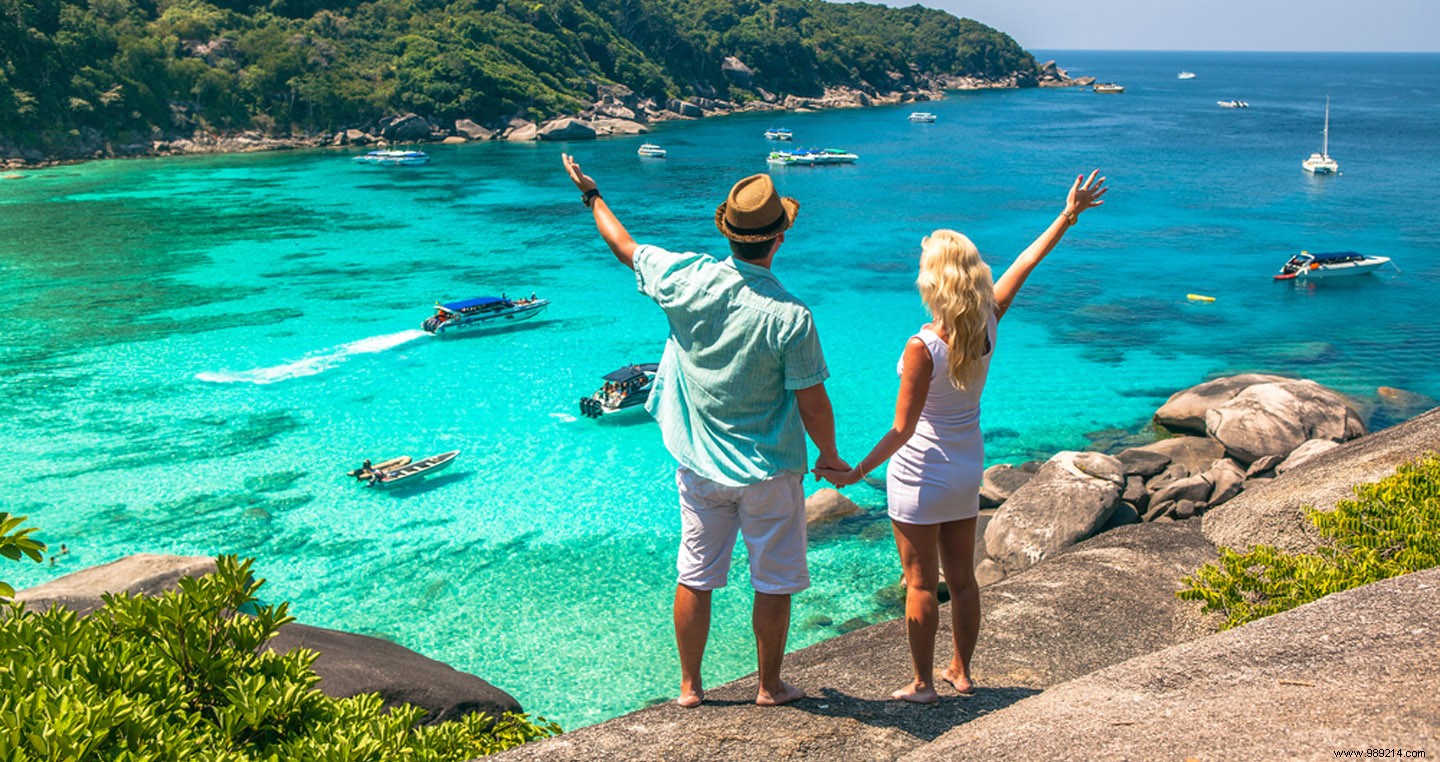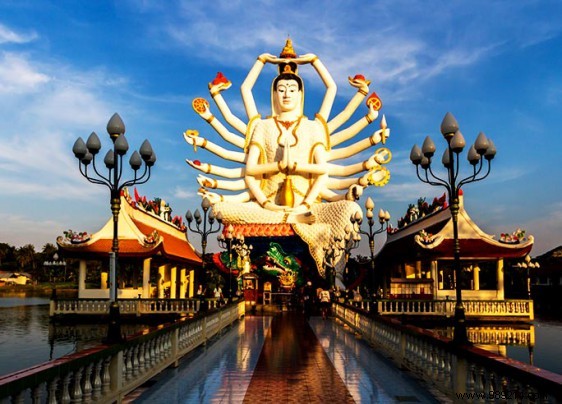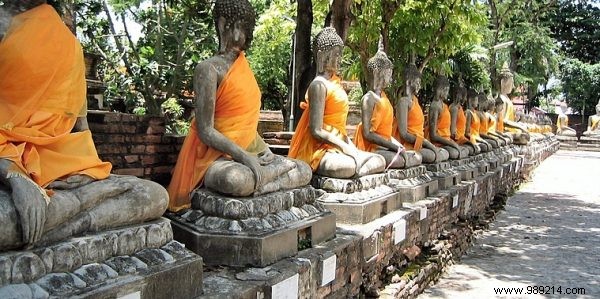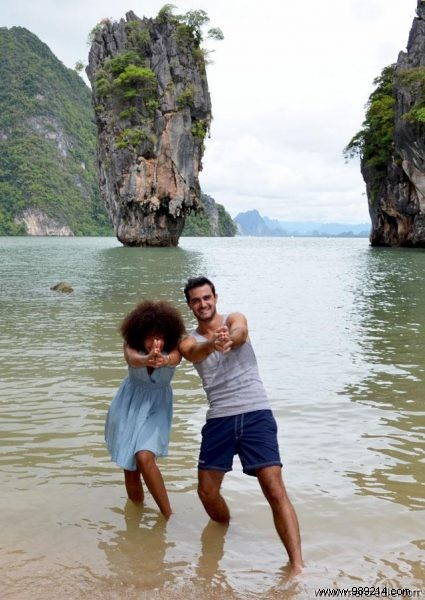
Physically speaking, Thailand is divided into three distinct parts:the most popular is the city of Bangkok, the South is made up of fantastic beaches and islands and the North is the area of the ancient kingdoms.
To discover these different facets, you must prepare your trip well so as not to fall into a dead end. The information below will accompany your organization.
To continue a journey to the other end of the Earth, you have to be well prepared physically, economically and morally. Before you pack your bags, you need to find out about the destination itself. Consult all the favorable documents to choose the favorable moment.

In general, the dry season is the best time to go to Thailand, i.e. from the end of October until April. Be aware that there is a fairly torrid off-season there, where the temperature can rise above 35°C on average. After that comes the monsoon period (27°C- 34°C).
On average, the night temperature measures 28°C. Also, you can go in the months of June to October, but the sun may be shy. If you like to travel in "peak season", better to go in December and January with a higher fare than usual.
To be sure that the whole family is on the same plane, you must book your tickets in advance a few months before D-Day as well as hotel nights.
Identical to other tourist countries, the procedures to be done are the same. Update your vaccinations and that of your family (hepatitis and DT polio). Immunization against typhoid would be advisable given that it is a tropical region.

Regarding the formalities to follow, the validity of your passport must be spread out over 6 months. If you are on vacation that does not exceed 30 days, no tourist visa will be required.
Some areas of Thailand are not yet malarial. Mosquitoes that carry malaria spread even during the day. You have the choice between carrying a repellent lotion or avoiding frequenting its places.
Thailand is an ideal country for children and adults. The essential accessories to put in the suitcase are:sunscreen, light clothing, hat, rechargeable batteries, sunglasses, without forgetting the camera.

Place diving equipment such as goggles and masks in a backpack to be more practical. Earplugs and a flashlight will be essential. You can wash your clothes on site or buy from local shops. No need to overload your luggage with jewelry, heels, leather clothes and valuables.
Instead, bet on shorts, skirts that cover the knees and for the top a simple t-shirt is enough. Put on a light sweater all the same, in case you visit the villages of Karen and Lahu. Favor light and well-closed walking shoes for hiking or traveling in the streets. Be careful and bring an umbrella and a raincoat!